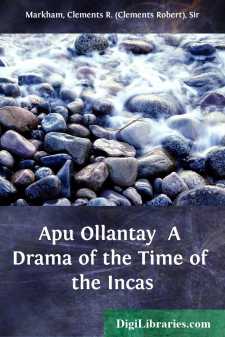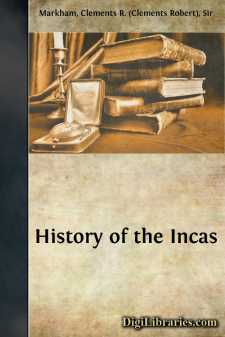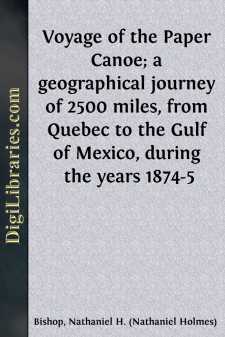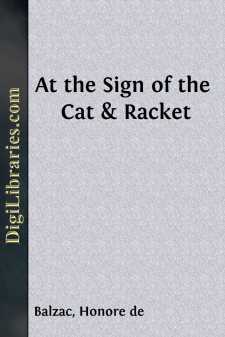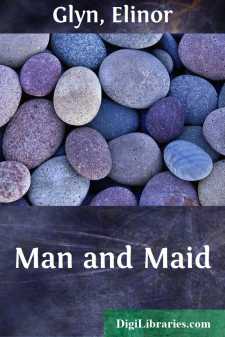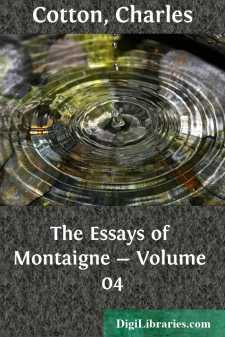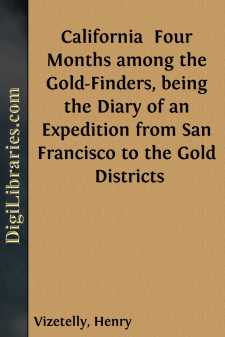Categories
- Antiques & Collectibles 13
- Architecture 36
- Art 48
- Bibles 22
- Biography & Autobiography 813
- Body, Mind & Spirit 142
- Business & Economics 28
- Children's Books 17
- Children's Fiction 14
- Computers 4
- Cooking 94
- Crafts & Hobbies 4
- Drama 346
- Education 46
- Family & Relationships 57
- Fiction 11829
- Games 19
- Gardening 17
- Health & Fitness 34
- History 1377
- House & Home 1
- Humor 147
- Juvenile Fiction 1873
- Juvenile Nonfiction 202
- Language Arts & Disciplines 88
- Law 16
- Literary Collections 686
- Literary Criticism 179
- Mathematics 13
- Medical 41
- Music 40
- Nature 179
- Non-Classifiable 1768
- Performing Arts 7
- Periodicals 1453
- Philosophy 64
- Photography 2
- Poetry 896
- Political Science 203
- Psychology 42
- Reference 154
- Religion 513
- Science 126
- Self-Help 84
- Social Science 81
- Sports & Recreation 34
- Study Aids 3
- Technology & Engineering 59
- Transportation 23
- Travel 463
- True Crime 29
Apu Ollantay A Drama of the Time of the Incas
Description:
Excerpt
INTRODUCTION
The drama was cultivated by the Incas, and dramatic performances were enacted before them. Garcilasso de la Vega, Molina, and Salcamayhua are the authorities who received and have recorded the information given by the Amautas respecting the Inca drama. Some of these dramas, and portions of others, were preserved in the memories of members of Inca and Amauta families. The Spanish priests, especially the Jesuits of Juli, soon discovered the dramatic aptitude of the people. Plays were composed and acted, under priestly auspices, which contained songs and other fragments of the ancient Inca drama. These plays were called 'Autos Sacramentales.'
But complete Inca dramas were also preserved in the memories of members of the Amauta caste and, until the rebellion of 1781, they were acted. The drama of Ollantay was first reduced to writing and arranged for acting by Dr. Don Antonio Valdez, the Cura of Tinto. It was acted before his friend Jose Gabriel Condorcanqui[FN#1] in about 1775. Taking the name of his maternal ancestor, the Inca Tupac Amaru, the ill-fated Condorcanqui rose in rebellion, was defeated, taken, and put to death under torture, in the great square of Cuzco. In the monstrous sentence 'the representation of dramas as well as all other festivals which the Indians celebrate in memory of their Incas' was prohibited.[FN#2] This is a clear proof that before 1781 these Quichua dramas were acted.
[FN#1]
INCA-PACHACUTI
|
TUPAC YUPANQUI
|
INCA HUAYNA CCAPAC
|
MANCO INCA
|
TUPAC AMARU
|
JUANA NUSTA = DIEGO CONDORCANQUI
|
FELIPE CONDORCANQUI
|
PEDRO CONDORCANQUI
|
MIGUEL CONDORCANQUI
|
JOSE GABRIEL CONDORCANQUI (TUPAC AMARU)
[FN#2] 'Sentencia pronunciada en el Cuzco por el Visitador Don Jose Antonio de Areche, contra Jose Gabriel Tupac Amaru.' In Coleccion de obras y documentos de Don Pedro de Angelis, vol. V. (Buenos Ayres, 1836- 7).
The original manuscript of Valdez was copied by his friend Don Justo Pastor Justiniani, and this copy was inherited by his son. There was another copy in the convent of San Domingo at Cuzco, but it is corrupt, and there are several omissions and mistakes of a copyist. Dr. Valdez died, at a very advanced age, in 1816. In 1853 the original manuscript was in the possession of his nephew and heir, Don Narciso Cuentas of Tinta.
The Justiniani copy was, in 1853, in the possession of Dr. Don Pablo Justiniani, Cura of Laris, and son of Don Justo Pastor Justiniani. He is a descendant of the Incas.[FN#3] In April 1853 I went to Laris, a secluded valley of the Andes, and made a careful copy of the drama of Ollantay. From this Justiniani text my first very faulty line-for-line translation was made in 1871, as well as the present free translation.
[FN#3]
INCA PACHACUTI.
|
TUPAC YUPANQUI
|
HUAYNA CCAPAC
|
MANCO INCA
|
MARIA TUPAC USCA = PEDRO ORTIZ DE ORUE
|
CATALINA ORTIZ =LUIS JUSTINIANI
|
LUIS JUSTINIANI
|
LUIS JUSTINIANI
|
NICOLO JUSTINIANI
|
JUSTO PASTOR JUSTINIANI
|
Dr. PABLO POLICARPO JUSTINIANI(Cura of Laris)
The first printed notice of Ollantay appeared in the Museo Erudito, Nos....


